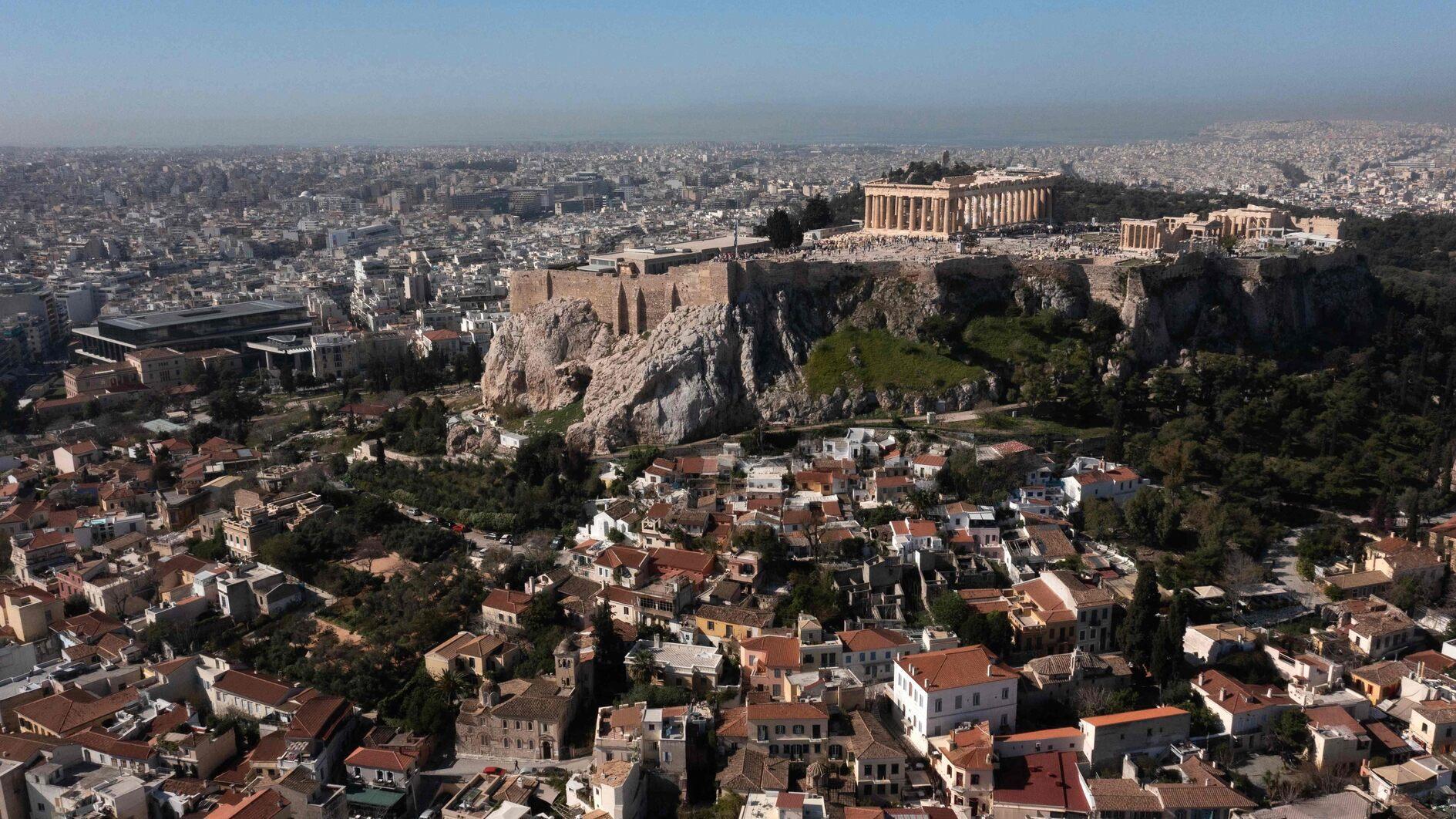Istanbul is losing its soul
For years the only venue that could realistically be described as the center of Istanbul was the historic İstiklal Avenue, dubbed Pera Street in earlier centuries. However, this has been changing in a dramatic manner of late as İstiklal steadily loses its soul as Istanbul’s cultural, commercial and entertainment center.
At the same time, other cultural and entertainment hubs have been rising across the city such as the Kadıköy district on the Asian side. However, such areas will likely face the same fate as İstiklal so long as some key policies and ways of doing things remain the same. If so, this process will unfortunately end with the devastation of Istanbul as a whole.
Nothing has happened overnight in İstiklal. An extremely aggressive gentrification policy has marked it for almost a decade. To create space for modern-style malls and stores, many historic buildings and establishments, which had once given the real richness to the street, were closed down - from old taverns to bookstores, theaters, music halls and patisseries.
Trees were cut down on the main street and the square was gradually turned into a soulless, overwhelmingly concrete area.
The skyrocketing rises in entertainment taxes, which were increased by almost 1,000 percent in one night in 2013, as well as the rise in other taxes, went in hand with dramatic rises in property and rent prices, squeezing out smaller independent art and entertainment businesses. Those affected then started to relocate to other parts of Istanbul – places like Kadıköy or some centers on the European side like Beşiktaş, Karaköy or Bomonti. Their customers have followed them as well, mainly after the forced removal of outdoor tables in many bars and restaurants.
Along with İstiklal Avenue’s transformed cultural, artistic and entertainment nature, its residents and visitors have also started to change. Most businesses are obliged to transform their business styles to these newcomers, decorating their stores in more “Middle Eastern” themes or reshaping their menus to include more shish kebabs.
İstiklal Avenue saw the second-highest rent increases in the world in 2014. Existing vendors were more or less able to pay those higher prices for a while, when the total number of visitors to Turkey was 36.8 million and when Istanbul lured 12 million tourists every year. Unfortunately, they can no longer cover their costs amid the recent dramatic decline in tourist numbers following a series of bomb attacks targeting Istanbul and after the failed military coup attempt. This has resulted in a massive escape by shop owners from İstiklal, leaving dozens of empty stores even on the main street.
While the current transformation has created a number of new centers in Istanbul, these places will see the same results as İstiklal unless the city’s current development policies change.
For instance in Kadıköy, which is now home to hundreds of new bars and restaurants and lively streets decorated with graffiti, many symbolic bookstores, coffee stores or other small businesses are now closing one by one, unable to afford the skyrocketing rents. Of course, their landlords do not hesitate to rent their places to newcomers offering higher prices.
Foreign tourists will return to Istanbul sooner or later. It is normal for any big city to create new centers if property prices or taxes rise. But this “normal” story is not what we are seeing in Istanbul. What are seeing is Istanbul, one of the oldest cities in the world, gradually losing its unique overall character. That process will only continue unless current urbanization policies are changed in order to better preserve its fundamentals and allow its special centers to flourish.











